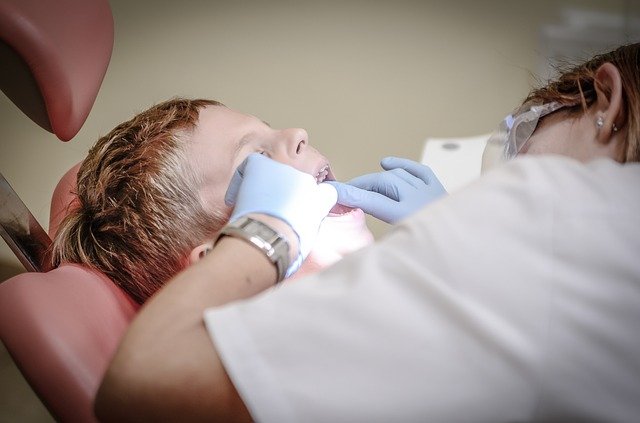Dental phobias are, unfortunately, very common. Every year, over 40 million Americans risk more severe health issues by delaying and evading dental treatment. For those suffering from dental anxiety, dental anesthesia can be the perfect solution. But despite how useful this practice is for those who fear the dentist, Dr. Kevin Mahoney is one of only approximately 300 dental anesthesiologists in the US.
What is a dental anesthesiologist?
A dental anesthesiologist is a dentist who is qualified to administer general anesthesia. All dentists are trained in the administration of local and regional anesthetics (such as lidocaine), which totally numb pain signals near the injection site. With general anesthesia, however, the patient is rendered completely unconscious. They’ll usually require assistance keeping their airway open and will have no memory of the procedure after.
General anesthesia can’t be administered by any dentist, however. A dental anesthesiologist is fully trained and board-approved to deliver dental anesthesia safely and effectively.
Sedation dentistry vs. sleep dentistry
You may already be familiar with the dental practice of sedating patients with “laughing gas” (a common name for nitrous oxide), but this is a form of dental sedation, not dental anesthesia. What’s the difference between sedation dentistry and sleep dentistry, you might ask?
Dental sedation is commonly administered in the form of gas or a pill, and is overall weaker than anesthesia. This means that, while the patient will be calm and may even fall asleep during the procedure, they’re not fully unconscious. They can usually breathe without assistance, as well as respond to some verbal and physical cues.
What does a dental anesthesiologist do?
A dental anesthesiologist delivers general anesthesia through an IV line. During the procedure, they monitor the patient’s condition to ensure that the anesthesia is working correctly and that the patient is safe. Once the procedure is over, they monitor the patient until they’ve recovered enough from the anesthesia to be discharged.
How to become a dental anesthesiologist
In order to become a dental anesthesiologist, a dentist must first be fully certified in dentistry. This means either earning the Doctor of Dental Surgery (DDS) or the Doctor of Dental Medicine (DDM) title at a dental school. Once they've received their degree, they need to complete a two-year residency program in dental anesthesiology. Finally, they must pass a board examination from a dental anesthesiology board, such as the American Society of Dental Anesthesiologists or the American Dental Board of Anesthesiology.
Overall, the process usually takes about eight years. Now you understand why there are so few dental anesthesiologists!
Does insurance cover dental anesthesia?
While it varies from plan to plan, insurance generally only covers dental anesthesia if it’s deemed a medical necessity. This means that, if you’re opting for it only because you have a phobia of dental work, your insurance may not cover it. However, if you suffer from a condition that makes sedation a necessity (such as epilepsy), if you’re undergoing a complicated procedure, or if using anesthesia would lower the overall cost of the procedure, they may make exceptions.
Why visit a dental anesthesiologist?
There are several benefits to visiting a dental anesthesiologist. Being asleep during the dental procedure ensures a comfortable and pain-free experience, which is especially comforting for those who avoid the dentist due to a dental phobia. Sleep dentistry allows dentists to complete all possible dental work in one session, instead of having to divide the procedures across multiple appointments. This saves you time and anxiety.
Dental anesthesiology in Erie, PA
If you’re one of the millions of Americans who put off going to the dentist each year, don’t worry. For years, Dr. Mahoney and the rest of the staff at Sleep Dentistry have delivered high-quality dental care to their patients. Don’t lose sleep over your teeth — schedule an appointment with Sleep Dentistry today.

